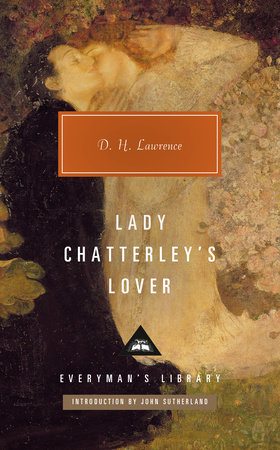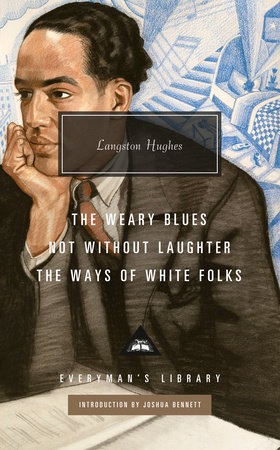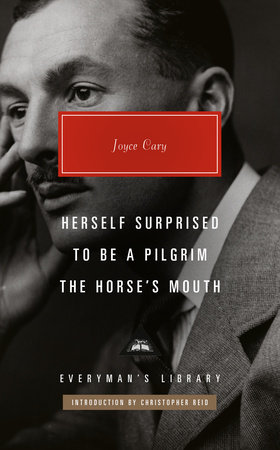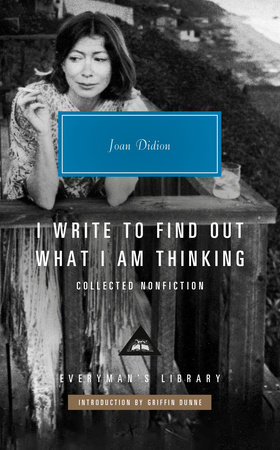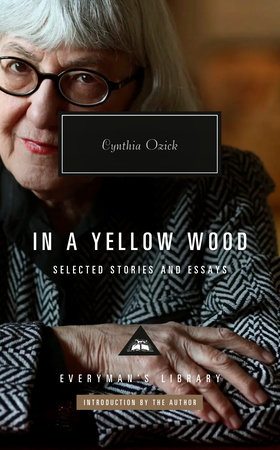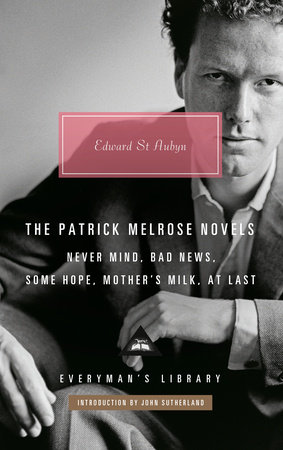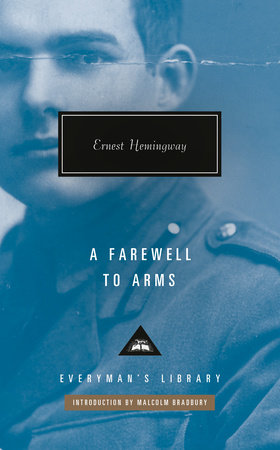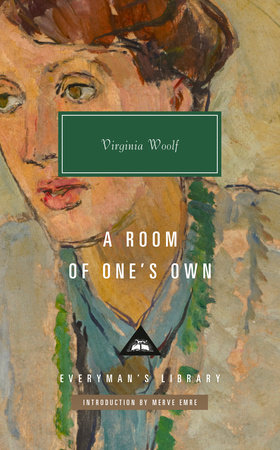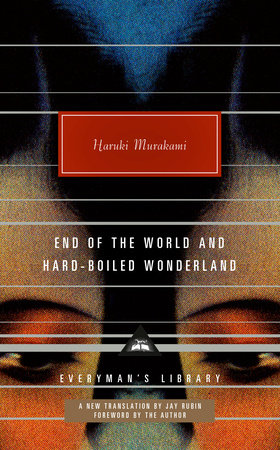Excerpt
Lady Chatterley's Lover
From the Introduction by John Sutherland
Novels that manifestly change society rarely happen. Two have, incontrovertibly, altered worldview and, one can plausibly claim, the world itself. Both had something of the unexploded bomb about them.
Nineteen Eighty-Four came out in 1949. It was initially seen as another H. G. Wells-style dystopia. Its sales were moderate.
It was not until the 1954 BBC-TV version that the seriousness of what Orwell was saying hit home and readers,
en masse, turned to the novel, realising that
Nineteen Eighty-Four was not pulp science fiction but a tract for its times and for ous.
Lady Chatterley’s Lover, was regarded as an ‘obscene publication’ when it came out in 1928 and was prosecuted and legally suppressed as filth in Britain and America for three decades. But pornography as Lawrence insisted is precisely what his novel was not. Its instruction to humanity was opposite. ‘Sex in the head’ (pornography) should, Lawrence believed, be replaced by fulfilling love as an exchange of whole bodies in a spirit of mutual reverence.
It's a tall order. At the 1960 UK trial which, finally, ‘acquitted Lady Chat’, with momentous consequence for literary freedoms, the Bishop of Woolwich (John Robinson) testified, as an expert witness under oath, that the seven acts of love described in
Lady Chatterley’s Lover ‘were acts of holy communion’. The prelate’s claim was mocked but had Lawrence been at the Old Bailey that day he would have nodded approval.
Both
Nineteen Eighty-Four and
Lady Chatterley’s Lover were written by novelists with little time left to make their point. Both were in advanced stages of tuberculosis---‘the poet’s disease’. They knew the end was near every time they coughed blood. The myth, associated with John Keats, is that TB (in Keats’s day called ‘consumption’) heightens literary genius.
It certainly instils urgency. Orwell, by the time his novel was published, had seven months to live. Lawrence had eighteen months after
Lady Chatterley’s Lover saw print (it had taken him three years to write). They had Cassandra’s brief moment with the hope that unlike Troy’s seer they would be taken notice of.
The novels, to make a final point of comparison, are radically different. Orwell was a political thinker; Lawrence a quasi-religious prophet. But they breathe the same in articulo mortis, point of death, hurry-up. One feels it in the barking sentences and chipped sententiae of
Lady Chatterley’s Lover. At times Lawrence virtually shouts from the page. The overall tone of the novel is declarative: it admits no contradiction from the first sentence, ‘Ours is essentially a tragic age, so we refuse to take it tragically’, onwards.
The novel’s plot is easily summarised. ‘Telling’ is not where Lawrence’s complexities lie. ‘Meaning’ is. As the narrative opens it is England around 1922--24. The slow bruise of the ‘Great War’ has risen to the surface. England aches. Lawrence, married as he was to a German baroness, thought the war to have been ‘false and inhuman’.
Lady Chatterley’s Lover intimates that verdict throughout.
The novel is set regionally in the ‘uneasy midlands’; where David Herbert Lawrence was born into a mining community in 1885. For his first fifteen years he was a Victorian---for the remainder of his life an adamant anti-Victorian. His attitude to his social and class roots is complex and is twisted into the narrative braid of
Lady Chatterley’s Lover.
Young ‘Bert’ Lawrence, who was not strong, escaped the destiny of other children of his class but remained attached by filaments which, he believed, only the art of fiction was sensitive enough to delineate. Why, in the novel, does its hero Oliver Mellors, who began working life as a miner but escaped into the officer and gentleman class, come back as a two-pounds-a-week gamekeeper to raise prey for that most aristocratically purposeless of pastimes, pheasant shooting?
Why did Lawrence---in the month before starting to write
Lady Chatterley’s Lover and having been seven years a ‘passionate pilgrim’ across the face of the earth---return to his birthplace, Eastwood, and walk round the haunts of his childhood with an old friend? The region was in the midst of a five-month miners’ strike. Families were near starving. It was ‘cataclysm’. The village in which he brought was a living hell (the novel depicts that hellishness in Chapter 11).
Lawrence did not stay, but what he saw in his native Eastwood (‘Tevershall’ in the novel) would mature into his last great address to the world. He began writing as soon as he and Frieda returned to Florence where they were currently residing and could breathe clean air.
The anti-hero of the novel, Clifford Chatterley, is a clever but cynical younger scion of an aristocratic family. When Lord Kitchener calls, he follows his brother, Herbert, heir to the Chatterley estate, to war. They are willing to die for ‘their’ England, an unfairly large portion of which their family has owned for two hundred years. Herbert is killed: Clifford survives to inherit the Chatterley title and properties when his father expires ‘of chagrin’.
Clifford married in 1917, the ‘worst year of the war’. His wife, Constance (‘Connie’) Reid, is of Scottish gentry background, the daughter of a society painter of minor fame. Although not quite as ‘tip top’ in rank as her husband she is now ‘Lady’ Chatterley. She carries the title uneasily.
Sir Clifford returned a maimed hero. His spine was shattered in battle. He is dead from the waist down and sentenced to a wheel-chair for life. No heir can be bred from his ‘loins’ (a word used with biblical resonance by Lawrence). His and Connie’s ‘married’ life has been one month’s bleak wartime honeymoon. Now the owner of Wragby Hall and its extensive estate with profitable coal mines virtually on its front lawn, it is Sir Clifford’s born duty to maintain the Chatterley dynasty. He owes it to the England his brother gave his all to save. Clifford gave half his body. Whether England in its present state is worth saving, or even living in, is a pivot on which the novel turns.
The novel neither invites the reader to admire nor to warm towards Clifford. Even less when he instructs Connie, in the interest of Wragby, to find someone eligible to impregnate herself by. Without a male heir the house of Chatterley will fall. Clifford lays down one criterion: the future donor must be ‘our sort’. No Venetian gondoliers (a couple appear in the narrative) or lower-class men, however handsome or heroic, are acceptable. Even spermatozoa have class identity.
On discharge from military care Clifford made himself a smart ‘almost famous’ belletrist. His work, like he himself, is elegant and sterile. Constance’s first adultery, on behalf of the Chatterley line, is with a rootlessly cosmopolitan playwright, Michaelis, an author more renowned than Clifford. But cheap because too renowned. Fame has something vulgar about it. Lawrence told his agent that
Lady Chatterley’s Lover was ‘far too good for the public … for the gross public’. Michaelis’ fortune comes from that gross source.
The heroine’s name at this stage of the novel assumes ironic resonance. Constance Chatterley is, by marital demand, an inconstant wife. Her forename as shortened to ‘Connie’; recalls the French street argot
con (vagina).
Chatte is alternative French slang for the same thing. ‘Chatterley’ throws the French word back. That organ is currently Connie’s sole utility for her husband. Her mind has never much interested him. Neither, on their 1917 honeymoon, did sex which he regards as a ‘curious obsolete process’.
Michaelis proves a charming but hollow lover. He does not give himself; he takes his own satisfaction at his own pace. His orgasms are selfish and oblige Constance’s climaxes to be selfish as well; thrilling but masturbatory. Nonetheless,
demi-vierge (Clifford’s euphemism) as Connie has necessarily been for five years, the affair with Michaelis ignites a flame in her.
Having, meanwhile, made his name among the intelligentsia of the day (whose grandiloquent inanities Lawrence satirises scathingly in Chapter 4) Clifford devotes himself to what his father had planned him to be: the master of the Chatterley coal mines. He fits a motor to his wheel chair the better to keep them under his eye.
The novel’s central action takes place in 1924 and it was published in 1928. In the interval, while Lawrence was writing, there occurred the nine-day 1926 General Strike. Its stated aim was ‘to defend the [coal] miners’ wages and hours’. Their wages had been reduced and hours extended as a result of free coal, as war reparation, being imported from Germany. The miners’ class, and many of their number, had won the war for England’s rulers only to be reduced to wage slaves for them to continue ruling.
The nine days’ General Strike was seen by the alarmed upper classes as a pre-revolutionary Battleship Potemkin moment. England, it was feared, might fall. The strike’s irruption, and Lawrence’s ancestral connection with the mines, sucked political anxieties into
Lady Chatterley’s Lover. The word ‘bolshevism’ occurs 23 times in the novel and is discussed at length in the fourth chapter.
Connie is present but silent, sewing her embroidery, during the all-male chatter about the Soviet Revolution in Chapter 4. She has no opinion on politics. How could she? She is apolitical by English law for a while longer. Something significant happened in 1928 other than the publication of
Lady Chatterley’s Lover: namely the full emancipation of women. In 1918 they had (through their war-work) won the right to vote (overwhelmingly for male parliamentary candidates) but only if they were thirty and over. No ‘flapper’ need turn up at the voting booth. Connie, in 1924, is 27. In 1928 the age restriction was abolished. Whether she would have voted for Conservative Stanley Baldwin, or Labour’s Ramsay MacDonald in the 1930 General Election is a teasing speculation.
The General Strike failed but it shook Britain. In the three years to the 1929 Stock Market collapse and in the subsequent 1930s ‘Slump’ mine owners tightened their grip as their revenues shrank during the years of Depression. It was a dance of death between ruler and ruled that Lawrence did not live to see but clearly foresaw.
Using German technology (the technology which has elsewhere crippled him) Clifford takes his coal-mines to a higher level of scientific efficiency. The able-bodied men who will work his mines, as he explains to Connie, ‘are
not men. They are animals’. It is he and his kind who have dehumanised them, Connie angrily retorts. Mellors echoes the accusation, with personal venom, later in the narrative:
it's a shame, what's been done to people these last hundred years: men turned into nothing but labour-insects, and all their manhood taken away, and all their real life. I'd wipe the machines off the face of the earth again, and end the industrial epoch absolutely, like a black mistake.
Fritz Lang’s film
Metropolis came out while Lawrence was at work on the third version of
Lady Chatterley’s Lover. A masterpiece of German expressionist cinema It portrays a future world (the endpoint of Mellors’ ‘black mistake’) in which the labouring masses are reduced to soulless mindless insectoid mechanism:
Maschinenmenschen.
There is no evidence that Lawrence, or his wife (born Frieda von Richthofen), saw the film or read the novel on which it was based; but its proposition was in the air.
Jammed between Clifford’s literary and industrial worlds Connie finds herself ‘negated’. In a mirror scene in Chapter 7 she sees the reflection of a young woman ‘going unripe’. The ‘unused’ life within her rebels. She recoils from her
mariage blanc to find refuge in Wragby’s ‘remnant of the great forest where Robin Hood hunted’. A remnant because many of the trees were cut for trench timber and Chatterley profit. Among Sherwood’s surviving trees, glades and thickets Connie feels free. But for what? Her body is telling her something in a language she does not yet understand. She must wait:
"From the old wood came an ancient melancholy, somehow soothing to her, better than the harsh insentience of the outer world. She liked the
inwardness of the remnant of forest, the unspeaking reticence of the old trees. They seemed a very power of silence, and yet a vital presence. They, too, were waiting: obstinately, stoically waiting, and giving off a potency of silence."
In the forest, by chance, she encounters Clifford’s gamekeeper, Oliver Mellors, a man as alone as she. Her wait is over. Both have taken to the woods as escape. He from a wife who proved a harpy, tearing out his vitals; Constance from a marriage which has degraded her to the status of a broodmare.
Connie becomes Mellors’ ‘wife of the woods’. Their secret love affair, and graphically described sexual encounters, six of which take place in the woods, will deliver life-affirmation. Their relationship progresses through ‘the leap of spring’ (in which Connie conceives) to late autumnal fruitfulness, when with winter approaching, their secret can no longer be held and she resolves to be Lady Chatterley no more.


